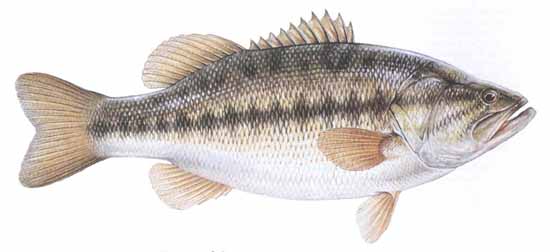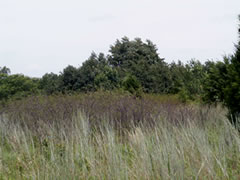Angling: Fishing Forecast 2013
Wednesday, January 23rd, 2013
Largemouth Bass
This is Passport to Texas
Anglers may not have a crystal ball to tell them where the best fishing is, but they have the next best thing.
02—Our fisheries biologists are a great deal of help.
Steve Lightfoot is a wildlife & fisheries information specialist with Parks and Wildlife; his article on the late winter/early spring fishing forecast appears in TPW magazine’s February digital fishing issue. He says fisheries biologists assess three areas when making their predictions.
29— One are the creel surveys they conduct at boat launches and around fishing areas where they talk to anglers and ask them what their catches were. The other is their own surveys, using mostly gill netting and other nets that they collect out in the water. They identify the fish and they go through algorithms and so forth, and come up something called a biomass. And a biomass is how healthy the fish populations [are] and what types of fish are at each lake.
The third element is their knowledge and experience. Most of these guys are anglers, too, so they have some input as well.
Lightfoot adds there’s good news for anglers.
10— The good news is most of our fish populations are in healthy condition. There are over a hundred lakes where you can go out and expect to have a reasonably good opportunity to catch a variety of different species.
But you’ll never know unless you go. How to use the fishing forecast to your best advantage on tomorrow’s show.
The Wildlife and Sport Fish Restoration program supports our series… For Texas Parks and Wildlife…I’m Cecilia Nasti.






 Passport to Texas is a
Passport to Texas is a  Passport to Texas is made available by:
Passport to Texas is made available by: